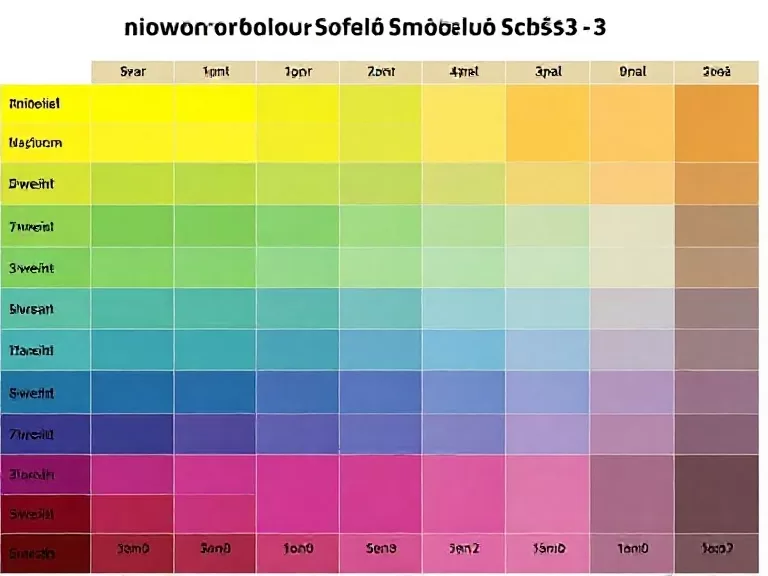Colour masterbatch is widely used in plastics manufacturing to add vibrant, consistent colors and functional properties to polymer products. Understanding the common masterbatch sizes is crucial for manufacturers and buyers who want to optimize cost, storage, and production efficiency. This guide explores packaging options, usage volumes, and best practices in selecting the right masterbatch size for your application.

Table of Contents
- Introduction to Colour Masterbatch
- Common Colour Masterbatch Sizes
- Factors That Influence Masterbatch Size Selection
- Applications of Different Masterbatch Sizes
- Advantages of Standardized Masterbatch Sizes
- Charming Masterbatch: Global Colour Masterbatch Solutions
- Summary Table: Masterbatch Sizes and Applications
- References
Introduction to Colour Masterbatch

A colour masterbatch is a concentrated mixture of pigments or additives encapsulated during a heat process into a carrier resin, which is then cooled and cut into granules. It allows for easy dispersion in plastic products to achieve uniform coloration and enhance performance.
Choosing the right masterbatch size and packaging directly impacts storage efficiency, production consistency, and cost-effectiveness.
Common Colour Masterbatch Sizes
Small Packaging Sizes
Small packaging sizes are typically used for lab testing, prototyping, or small-batch production.
- 500g – 1kg bags: Ideal for R&D and small product trials.
- 5kg bags: Suitable for limited production runs or testing multiple colors.
Medium Packaging Sizes
These are the most common in commercial production, offering a balance between ease of handling and sufficient volume.
- 10kg bags: Standard for mid-volume manufacturers.
- 25kg bags: Industry standard size, widely used across global supply chains.
Large Industrial Packaging Sizes
For large-scale production, bulk packaging reduces costs and improves logistics.
- 500kg jumbo bags: Used in high-capacity plants.
- 1000kg bulk containers: Efficient for mass production lines with automated feeding systems.
Factors That Influence Masterbatch Size Selection
The choice of masterbatch packaging size depends on:
- Production Volume: High-volume manufacturers benefit from jumbo bags, while small businesses prefer 5–10kg bags.
- Storage Capacity: Smaller packaging is easier to store in limited facilities.
- Handling Convenience: 25kg bags are a standard balance between usability and logistics.
- Cost Efficiency: Bulk sizes reduce per-unit costs but require advanced handling equipment.
- Application Needs: Precision coloring applications may require smaller quantities to avoid waste.
Applications of Different Masterbatch Sizes
Different industries use masterbatch sizes according to their manufacturing scale:
- Small Sizes (1–5kg): R&D labs, small injection molding shops, prototype testing.
- Medium Sizes (10–25kg): Packaging, automotive parts, electronics casings.
- Large Sizes (500–1000kg): Infrastructure pipes, construction materials, agricultural films.
Advantages of Standardized Masterbatch Sizes
- Predictable Inventory: Manufacturers can forecast material needs more effectively.
- Cost Optimization: Bulk purchasing lowers overall material expenses.
- Reduced Waste: Smaller packaging prevents unused materials from degrading.
- Improved Production Flow: Standardized bag sizes simplify logistics and machine feeding systems.
Charming Masterbatch: Global Colour Masterbatch Solutions

Charming Masterbatch is a leading manufacturer with decades of expertise in Masterbatch processing and pigment dispersion technology. With advanced twin screw machines from Germany and strong R&D capabilities, Charming delivers stable, high-quality colour masterbatch and innovative functional masterbatch solutions for diverse industries.
Our Products:
Charming not only exports to 18 international markets across Europe, South America, Southeast Asia, the Middle East, and North Africa, but also provides technical support and cooperative development services. This ensures that customers receive creative, customized solutions for practical problems and new projects.
Summary Table: Masterbatch Sizes and Applications
| Masterbatch Size | Typical Use | Best For |
|---|---|---|
| 500g – 1kg | Lab testing, R&D | Prototyping, color trials |
| 5kg | Small production runs | Limited batches, multiple color testing |
| 10kg | Medium scale production | Commercial packaging, electronics |
| 25kg | Standard production | Automotive, packaging industries |
| 500kg | Large industrial runs | Infrastructure, pipes, films |
| 1000kg | Mass production | Construction materials, agricultural plastics |
